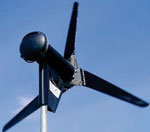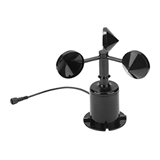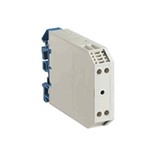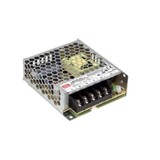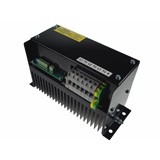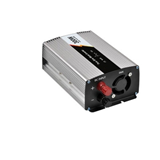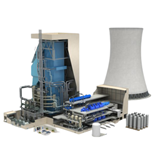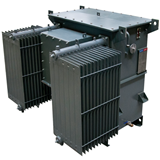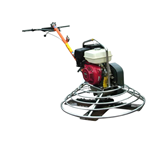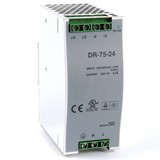So, what is wind power and can it really produce enough energy to power a town?
There are many advantages of the product. It is a clean and renewable form of energy which utilises one of nature’s free resources. It can also be a cost effective way of producing electricity, with most of the cost up-front capital.
Wind turbines are extremely energy efficient – one wind turbine can generate enough energy for a single household. The production of wind power also produces no pollutants or greenhouse gases.
"Wind power can be used almost anywhere within Australia. As of late 2009, there were 33 wind farms operating within Australia, with the majority spread in South Australia and Victoria," David McCallum, general manager at Conergy, told IndustrySearch.
"The ideal position for a wind turbine is any location 10m above any obstruction within a 90m radius, as well as having an average wind speed of 5m/s."
To determine whether a site is suitable for wind power, Conergy says users can use wind atlases to research wind conditions in any given area. Local weather stations can also provide information.
Power from turbines can be generated from both light and strong wind. The blades of the turbine on Conergy’s Proven Flexible Blade System bend and flex in the wind. This allows the turbine to twist to reduce its aerodynamic efficiency and still operate during storms and high wind speeds, whereas other turbines need to be turned off to prevent damage.
Turbines come in a range of sizes and can be installed individually or multiples to create a mini wind farm, called "wind crofting".
Wind turbines are typically installed in rural and agricultural locations where clients can use wind power for charging batteries, for backup power for generators or powering their home or even towns.
For homes connected to the electricity grid, excess power can also be fed back into the grid.
"The challenge for residential wind energy is the actual building and installation of a wind turbine," McCallum said.
There are, however, some disadvantages which means wind turbines are not suitable for all applications. Compared to solar panels, which can be placed on house rooftops with little aesthetic change, wind farms are not always welcome sights due to their large visual impact.
They can also be slightly noisy, but improvements in technology means wind turbines are now a lot quieter, particularly with wind turbines for residential application.
The cost savings can be substantial and significantly outweigh any disadvantages.
"Many claim between 50 per cent to 90 per cent in cost savings," McCallum said.
"The general factors you need to take into consideration to determine how much you can expect to save from wind power include the cost of the turbine, the amount of electricity your household consumes and the wind speed in your area.
"Additionally, most governments around the world offer tax subsidies for their use. In Australia, there are subsidies offered in Victoria, the ACT and NSW."
If Australia is to meet its target of producing 20 per cent of its electricity from renewable sources by 2020, wind power will clearly be a crucial energy source in the future.

